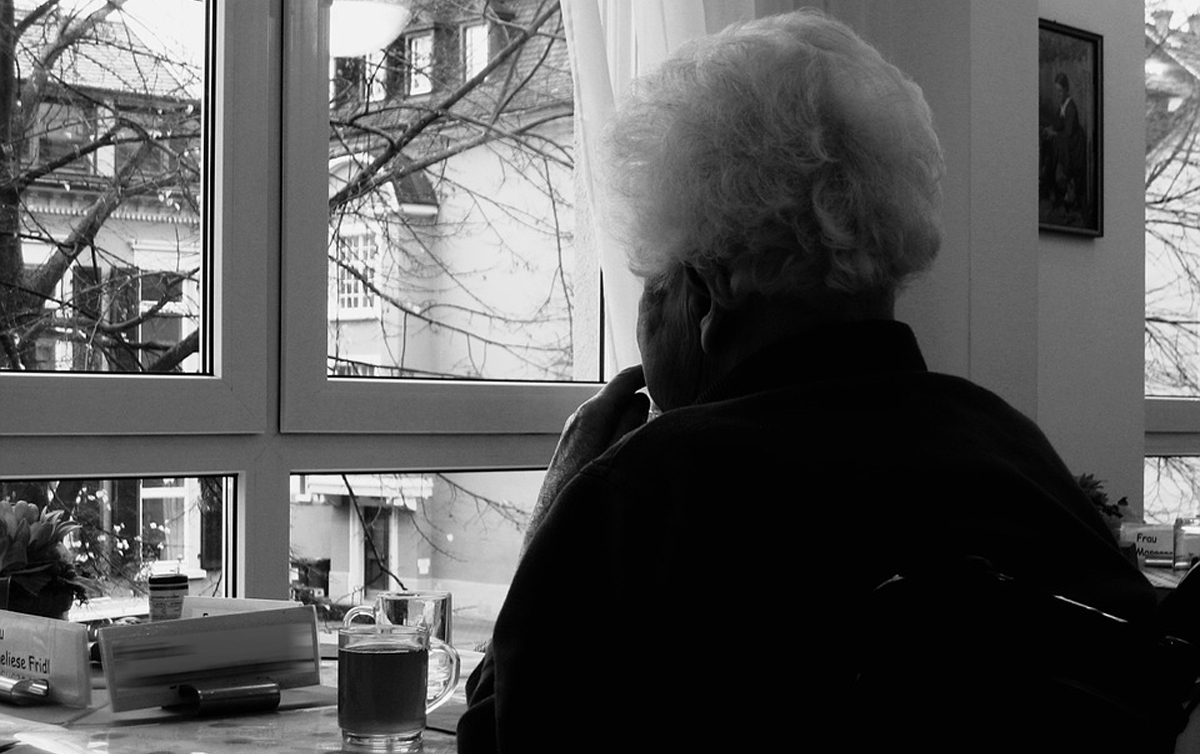 Report on senior health shows rural health disparities, high Utah suicide rates
Report on senior health shows rural health disparities, high Utah suicide rates
Suicide rates for seniors in Utah are among the nation’s highest
By Jenifer McCormick
A new report benchmarking the health of seniors in America finds poorer health outcomes for rural senior citizens compared with their urban and suburban peers and increased national suicide rates. An analysis within the report also highlights the risk of social isolation and its association with poor health for seniors.
The 2018 United Health Foundation’s America’s Health Rankings Senior Report provides the latest check-up on the health and well-being of the nation’s seniors. Using 34 measures of senior health, the report highlights successes and challenges this population faces on a national and state-by-state basis.
Here are some key findings across states about rural seniors:
—They are more likely to be physically inactive (34.3 percent compared to 30.4 percent in suburban and 30.1 percent in urban areas).
— They are more likely to report a fall (32.4 percent compared to 28.5 percent in suburban areas and 29.5 percent in urban areas).
— They are seven percent less likely to report receiving a flu vaccination than urban seniors (57.2 percent vs. 61.4 percent, respectively).
— They are less likely to receive health screenings compared with both suburban and urban seniors (66.4 percent vs. 74.3 percent and 75.3 percent, respectively).
Another key finding of the report is that the national suicide rate among seniors has increased 12 percent since the 2014 edition of the Senior Report. Wyoming, New Mexico, and Utah have seen the largest increases. There is variability among states with the rate 3.9 times higher in Nevada than in Massachusetts (32.3 deaths per 100,000 vs. 8.3 deaths per 100,000).
The report also features a new analysis that measures and identifies locations where seniors are most at risk for social isolation. It builds on the AARP Foundation’s Isolation Framework Project and supporting literature. Social isolation risk among seniors is highest in Mississippi and Louisiana, and is lowest in Utah and New Hampshire. Contributing factors include divorce, separation, and widowhood, never having married, poverty, disability, difficulty living independently, and living alone.
While the Senior Report highlights many pressing challenges, it also reveals several national improvements:
—Food insecurity decreased seven percent in the past year.
—Oral health among seniors improved with dental visits among seniors significantly increasing and teeth extractions declining since 2016.
—The number of home health care workers increased 20 percent since 2013 (per 1,000 adults age 75 and older).
Each year, America’s Health Rankings determines the healthiest states for seniors:
—Utah (No. 1), followed by Hawaii (No. 2), New Hampshire (No. 3), Minnesota (No. 4) and Colorado (No. 5). All these states ranked in the top five in 2017.
—Louisiana has the most challenges at No. 50, followed by Mississippi (No. 49), Kentucky (No. 48), Arkansas (No. 47) and Oklahoma (No. 46).
Articles related to “Report on senior health shows rural health disparities, high Utah suicide rates”
The end of civility: Facebook and other social media bring out the worst in everyone



